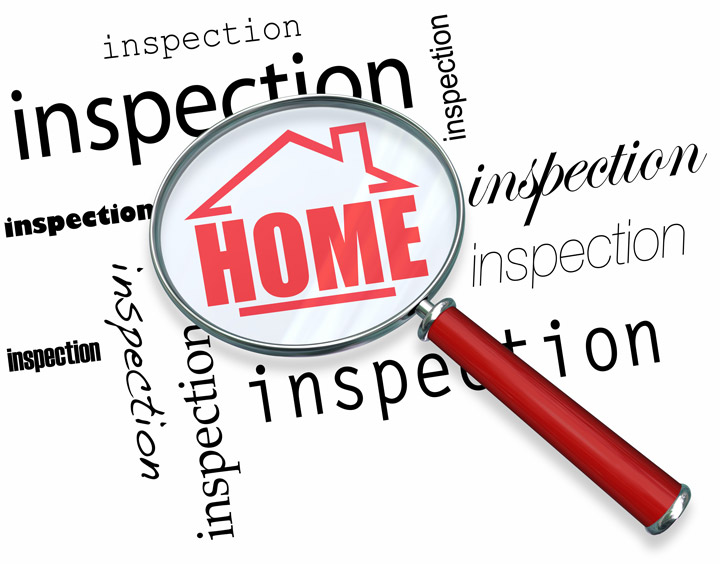
Real Estate Appraisals: A PrimerGetting a home is the biggest financial decision many of us could ever encounter. It doesn't matter if a main residence, a second vacation property or a rental fixer upper, the purchase of real property is a complex transaction that requires multiple parties to make it all happen. It's likely you are familiar with the parties taking part in the transaction. The real estate agent is the most known entity in the exchange. Then, the lender provides the money required to fund the exchange. And ensuring all areas of the exchange are completed and that the title is clear to pass to the buyer from the seller is the title company. So, what party makes sure the real estate is worth the purchase price? This is where you meet the appraiser. We provide an unbiased opinion of what a buyer could expect to pay — or a seller receive — for a property, where both buyer and seller are informed parties. A licensed, certified, professional appraiser from Thompson Appraisal and Consulting will ensure, you as an interested party, are informed. Appraisals begin with the property inspectionTo determine the true status of the property, it's our duty to first conduct a thorough inspection. We must see features first hand, such as the number of bedrooms and bathrooms, the location, and so on, to ensure they indeed exist and are in the condition a reasonable person would expect them to be. To make sure the stated size of the property has not been misrepresented and document the layout of the home, the inspection often entails creating a sketch of the floorplan. Most importantly, the appraiser identifies any obvious features - or defects - that would have an impact on the value of the house. Once the site has been inspected, an appraiser uses two or three approaches to determining the value of real property: a paired sales analysis, a replacement cost calculation, and an income approach when rental properties are prevalent. 
Cost ApproachHere, we pull information on local building costs, labor rates and other elements to derive how much it would cost to replace the property being appraised. This estimate usually sets the upper limit on what a property would sell for. The cost approach is also the least used method. 
Sales ComparisonAppraisers get to know the neighborhoods in which they work. They thoroughly understand the value of specific features to the people of that area. Then, the appraiser researches recent transactions in close proximity to the subject and finds properties which are 'comparable' to the subject being appraised. By assigning a dollar value to certain items such as fireplaces, room layout, appliance upgrades, extra bathrooms or bedrooms, or quality of construction, we add or subtract from each comparable's sales price so that they are more accurately in line with the features of subject.
An opinion of what the subject could sell for can only be determined once all differences between the comps and the subject have been evaluated. When it comes to putting a value on features of homes in McAllen and Hidalgo, Thompson Appraisal and Consulting is your local authority. This approach to value is commonly awarded the most importance when an appraisal is for a home sale. Valuation Using the Income ApproachIn the case of income producing properties - rental houses for example - we may use a third method of valuing real estate. In this situation, the amount of income the real estate produces is taken into consideration along with other rents in the area for comparable properties to determine the current value. Arriving at a Value ConclusionCombining information from all applicable approaches, the appraiser is then ready to put down an estimated market value for the subject property. It is important to note that while this amount is probably the most reliable indication of what a property is worth, it may not be the final sales price. There are always mitigating factors such as the seller's desire to get out of the property, urgency or 'bidding wars' that may adjust an offer or listing price up or down. But the appraised value is typically used as a guideline for lenders who don't want to loan a buyer more money than the property is actually worth. It all comes down to this, an appraiser from Thompson Appraisal and Consulting will guarantee you attain the most fair and balanced property value, so you can make the most informed real estate decisions. |